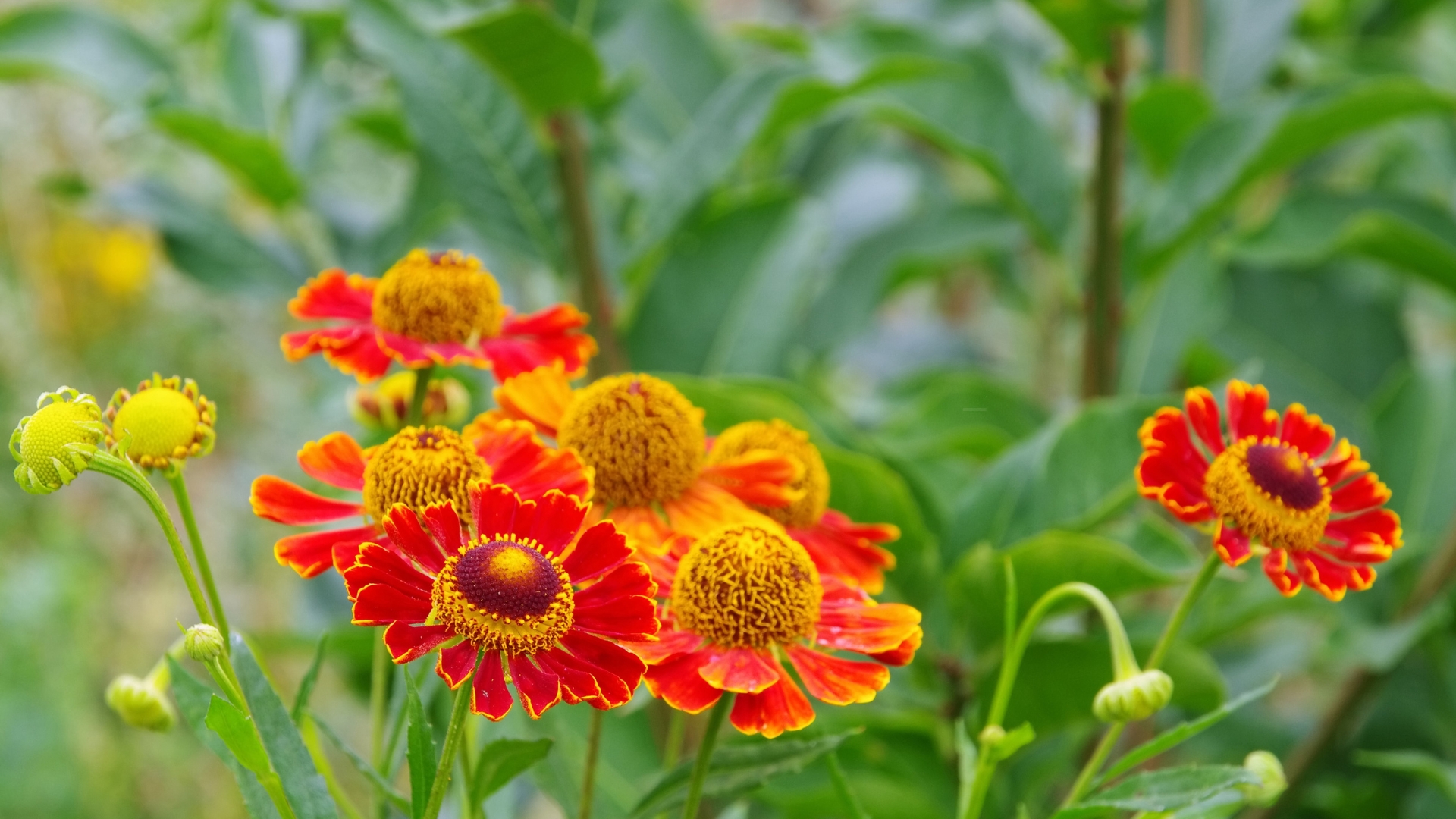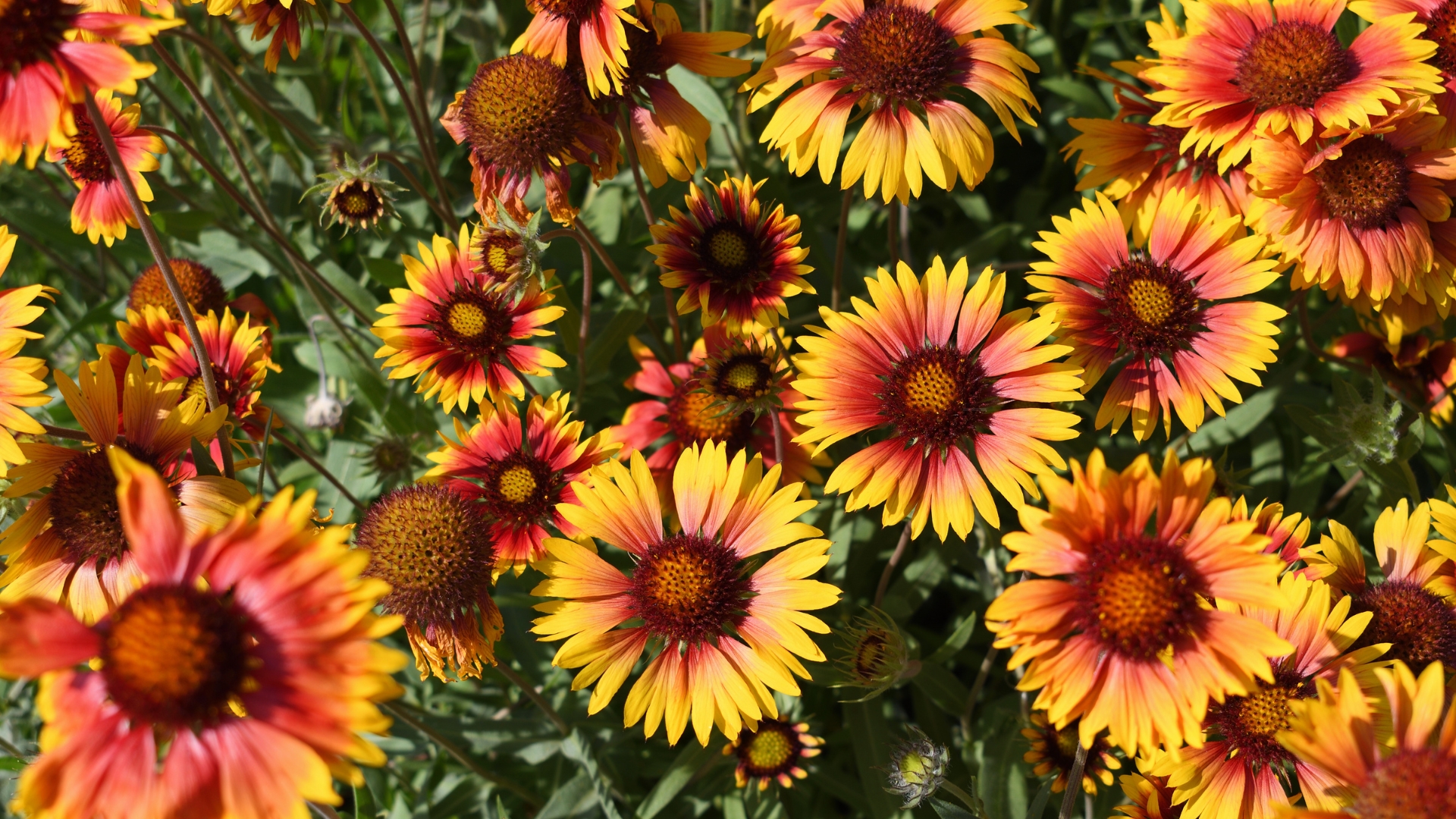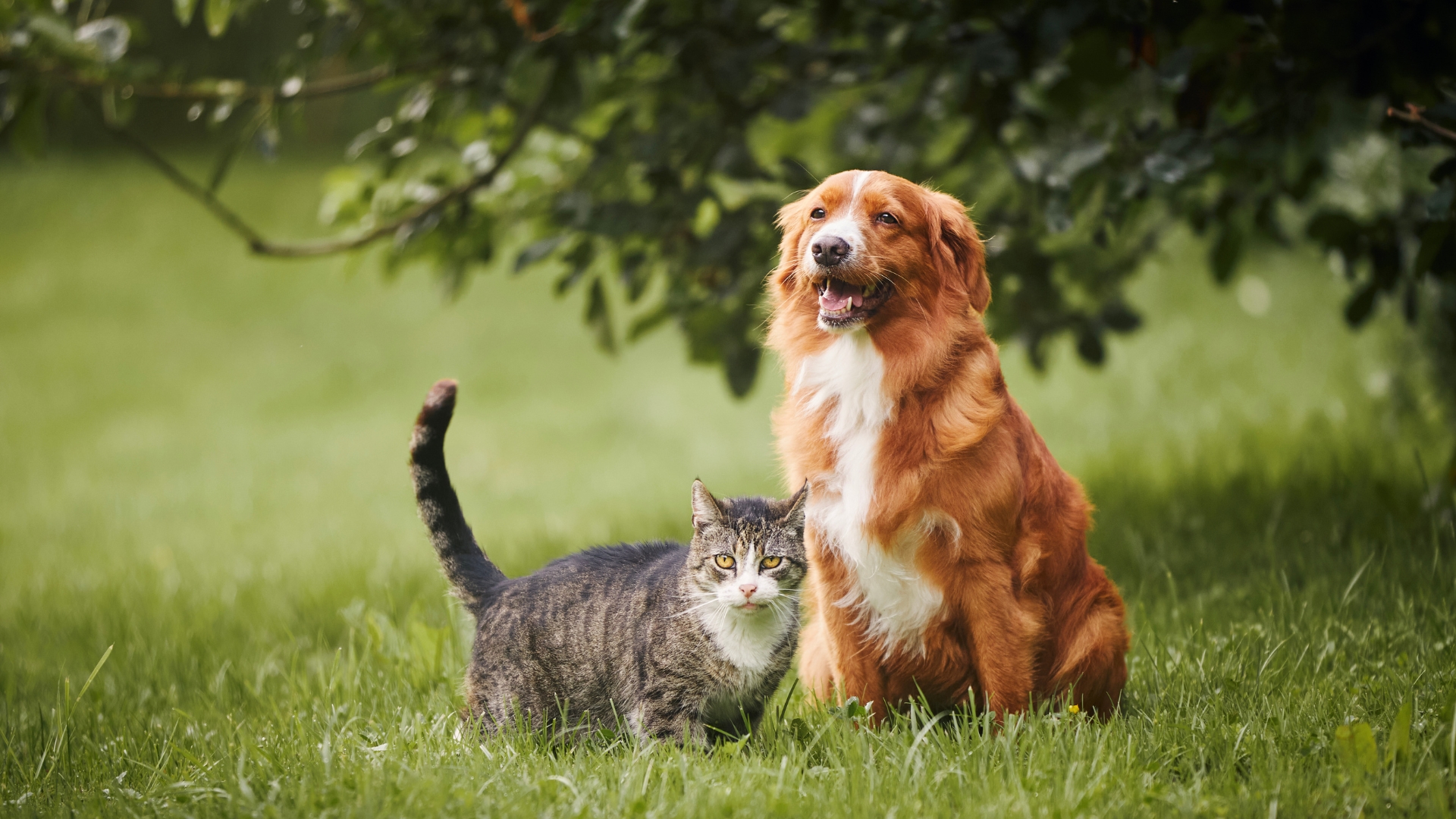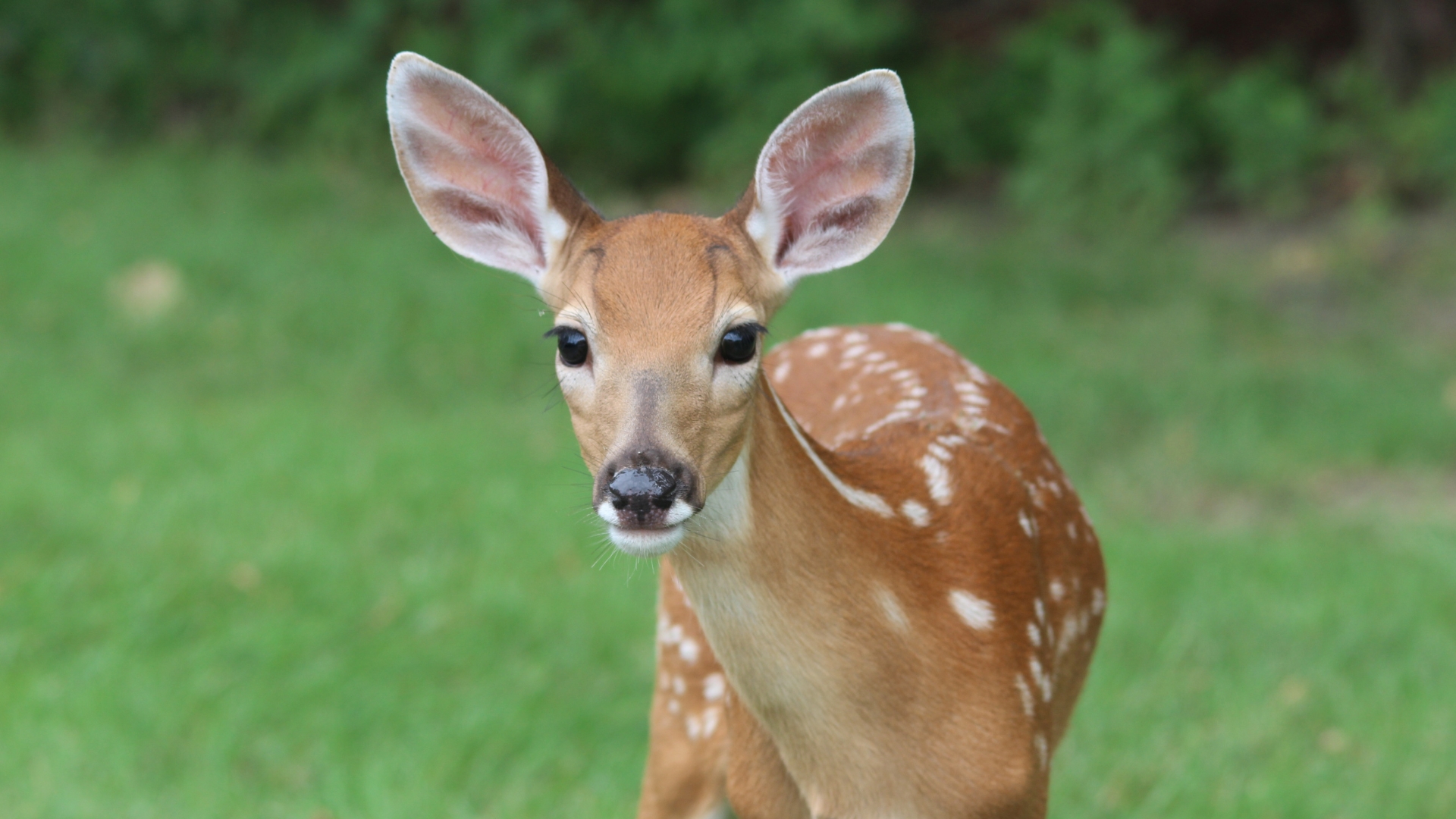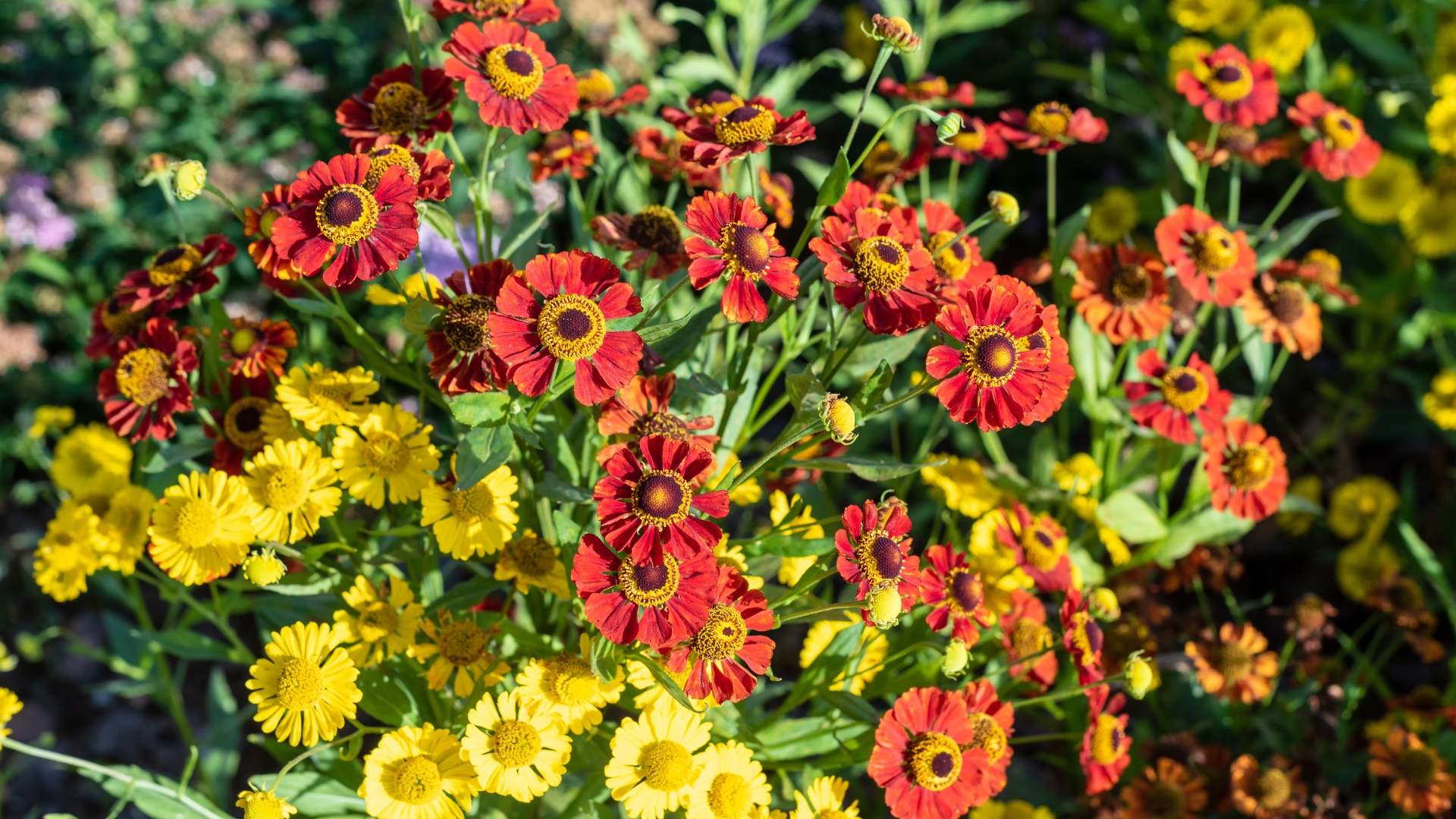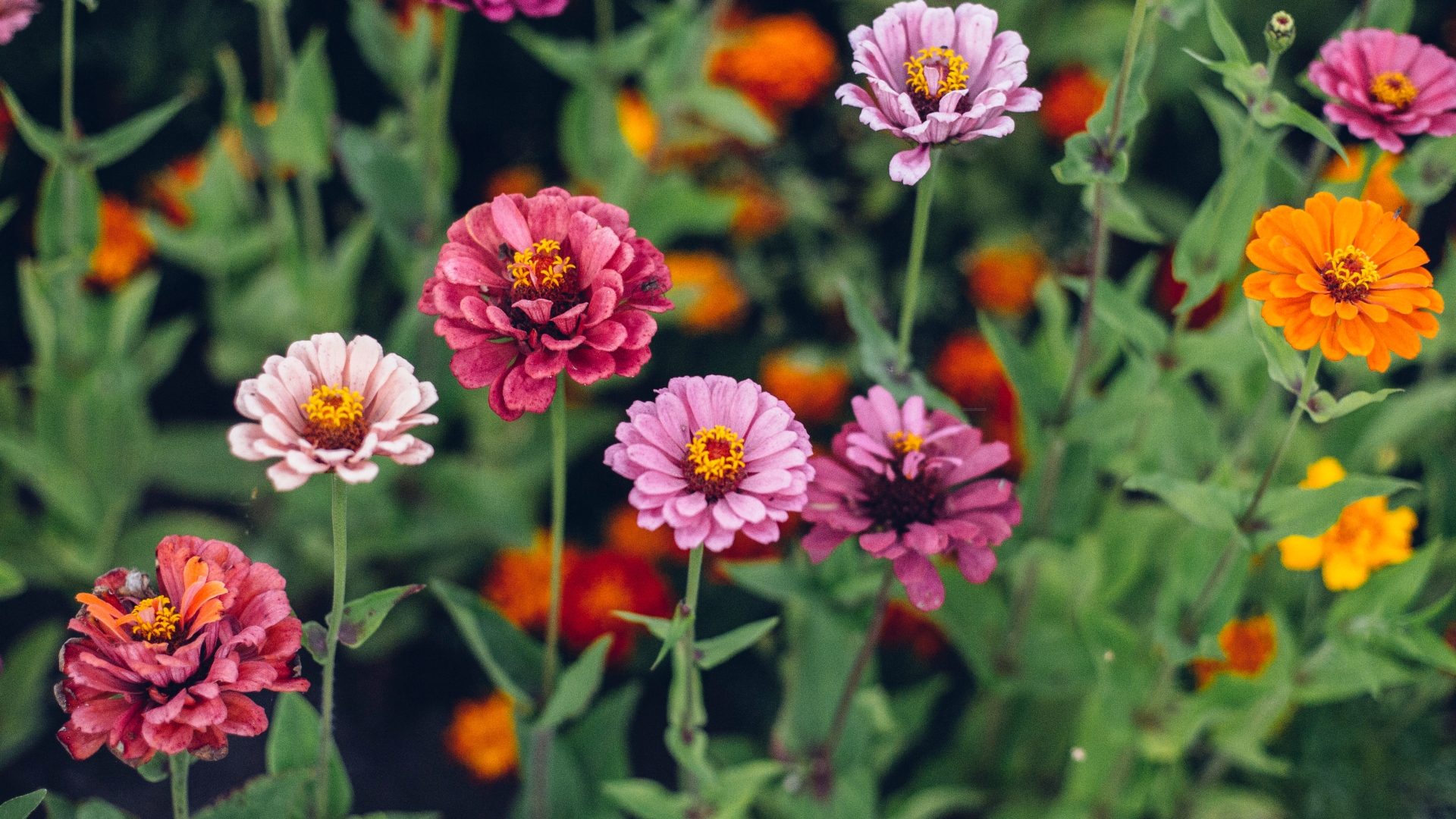Gardening is full of surprises, and not all of them are pleasant. This plant may turn heads with its beauty, but as the saying goes, looks can be deceiving.
Beneath its striking appearance lie challenges that can make even the most patient gardener think twice.
If you’re not prepared for the baggage it brings, this stunning addition might leave you with more frustration than enjoyment.
Helenium Is A True Stunner
Helenium bursts into bloom just when the garden needs a splash of late-season color.
Its fiery petals, ranging from deep gold to rich copper and blazing red, seem to glow under the autumn sun. With their daisy-like shape and striking contrast against dark green foliage, these blooms effortlessly steal the show.
But as captivating as these long-blooming perennials are, beauty alone doesn’t always make a plant the perfect fit – this one comes with a few challenges that might make gardeners think twice.
There’s More To It Than Meets The Eye
As dazzling as Helenium is, its charm comes with a warning for pet owners. The plant produces sesquiterpene lactones – compounds that act as a natural defense against herbivores but can also cause serious discomfort for dogs, cats, and livestock.
These toxins are present throughout the plant, including the leaves, stems, and flowers, making any accidental nibble a potential risk. Ingesting even small amounts may lead to nausea, diarrhea, excessive drooling, and in more severe cases, loss of appetite or lethargy.
The bitter taste may deter some animals, but curious pets – especially puppies or cats drawn to new textures – may not realize the danger until it’s too late.
Beyond ingestion, direct contact with the plant’s sap can also be problematic.
Some gardeners have reported skin irritation after prolonged exposure, particularly when handling freshly cut stems or pruning the plant without gloves.
The irritation may present as redness, itching, or even a mild rash, especially for those with sensitive skin or allergies.
Deer And Other Pests Stay Away From Heleniums
While many gardeners plant Helenium for its bold, fiery blooms, its ability to keep unwanted visitors at bay is another major perk.
Deer, rabbits, and other nibbling critters instinctively avoid it, thanks to the bitter-tasting compounds found in its leaves and stems. These natural toxins make the plant unpalatable, acting as a built-in defense system against hungry herbivores.
Even insects tend to give Helenium a wide berth, making it a resilient choice for gardens prone to pest problems.
If wildlife knows to stay away, perhaps we should take a hint – this plant isn’t just unappetizing to deer, but potentially troublesome for pets and humans too.
If You Want To Grow It, Here’s How To Do It
If pets aren’t a concern or there’s a safe, out-of-reach spot in the garden, Helenium can still be a valuable addition. This sun-loving perennial thrives in well-draining soil and benefits from regular watering, especially during dry spells.
While it can handle a variety of soil conditions, rich, organic matter will encourage the best blooms. Deadheading spent flowers extends the blooming season, and a midseason trim can help prevent the plant from getting too tall and floppy.
With minimal maintenance, Helenium delivers long-lasting color from midsummer into fall, making it a great choice for gardeners who can provide the right conditions – just with a little caution in mind.
Or Go With Alternatives
For those who love the look of Helenium but need a safer option, there are plenty of alternatives to consider.
Blanket Flower (Gaillardia) provides striking red, orange, and yellow blooms with a long flowering season, all while being non-toxic to pets.
Zinnias offer a similar burst of warm hues and require little maintenance, making them perfect for brightening up flower beds without risk.
Even marigolds can fill the same role, adding golden tones to the garden while naturally deterring pests. With so many options available, it’s easy to find a beautiful, low-risk replacement that keeps both the garden and household safe.
And there you have it! I know this flower will catch your eye at the nursery, but now you know why it might not be the easiest addition to your garden. A little knowledge goes a long way in deciding if its beauty is worth the trouble!

